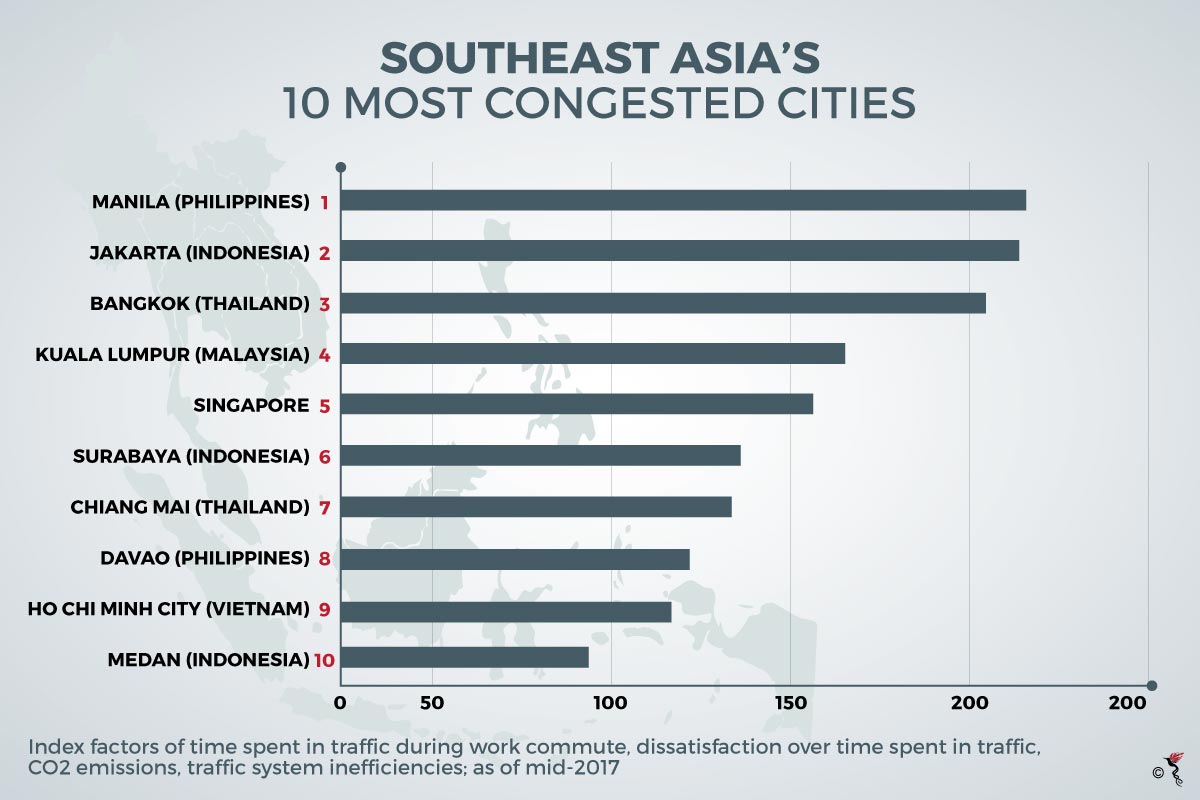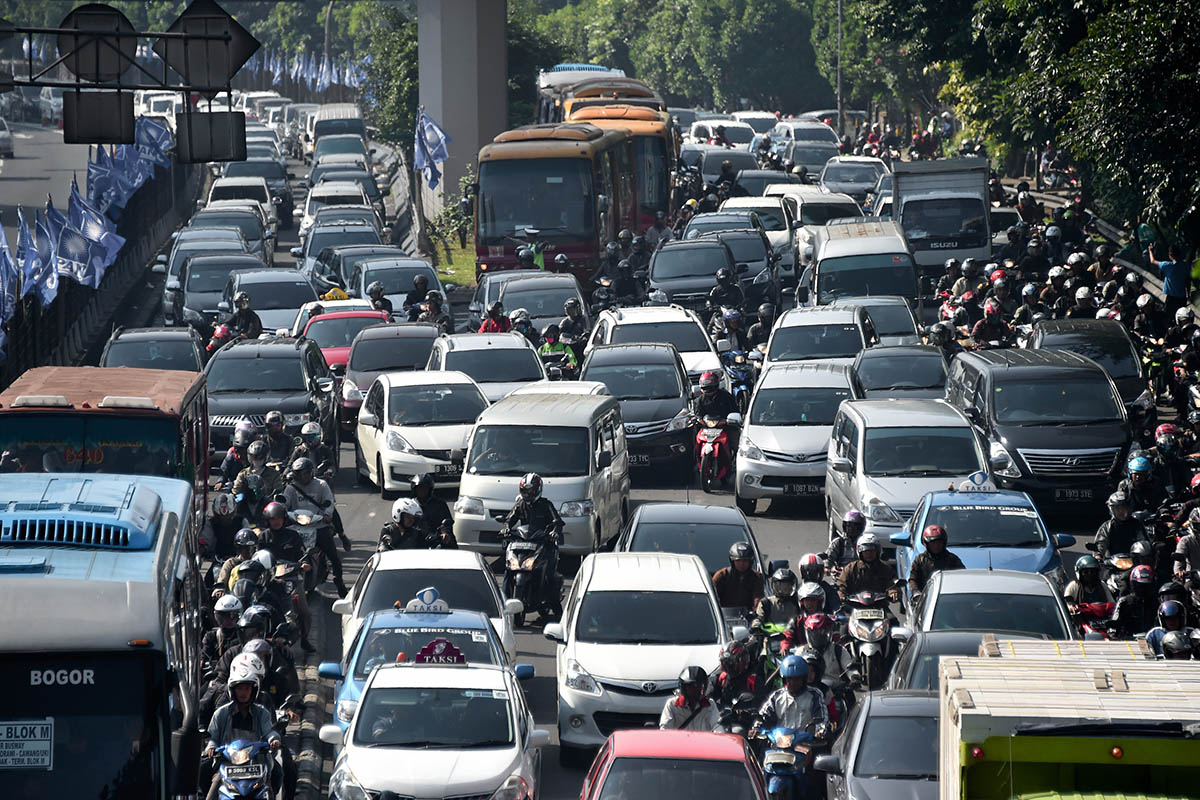The notorious state of traffic in Southeast Asia has forced its people and even governments to look increasingly to tech for solutions. Tech companies seeing the opportunity have also been quick to adapt their products to address this need too. Recently, popular community-based traffic app Waze, for one, adopted the Thai language to help Bangkok's population tackle its traffic woes. Waze, along with Google Maps are two platforms that have a good reach across Southeast Asia. However, in the following ASEAN cities, commuters also have the choice to better navigate local traffic with the help of more localised apps.
Ho Chi Minh City, Vietnam
An app known as TTGT TP HCM was developed by the Vietnamese government early last year to issue live traffic reports gathered from 300 surveillance cameras strategically placed around Ho Chi Minh City. Users are able to access live traffic conditions from the website http://giaothong.hochiminhcity.gov.vn/. The app also has the functionality to inform users of festival dates so they can prepare their travel routes ahead of time. With 4,200 new cars and 9,000 new motorcycles registered each month, Vietnam is also looking towards changing its highway landscape by building elevated highways.
Manila, Philippines
The MMDA app has been around since 2011 and like most other traffic apps, also provides live updates on road traffic conditions and other incidents that might be disrupting traffic. On the other hand, the Traffic Dito app provides a little more, by sourcing its live traffic updates from social media sites such as Twitter.
Train commuters are no less in the dark, with the app MRTtrackr providing updates on how crowded your nearest MRT train station could be, thus providing commuters with the option of going to the next nearest one. On the way there, they can also check how soon the next train will be arriving and whether they need to make a run for it.
Singapore City
SG Traffic Cam works by sending live snapshots of roads directly to users' phones. Snapshots are updated every five minutes and users can choose whether to view traffic conditions from cameras placed at the East Coast Parkway (ECP), Bukit Timah Expressway (BKE) or Woodlands Causeway, among other highways. The app is also available for use from the Malaysian end of the Causeway.

Source: Numbeo
Bangkok, Thailand
The BMA Traffic app collects images from 200 surveillance cameras, providing updates on road traffic conditions in real time, along with news on what could be causing traffic congestion in that area. In case you don’t feel like driving, however, taking a taxi in Bangkok might also be a more comfortable experience now. The Land Transport Department of Bangkok recently launched the Taxi OK app as a way to encourage people to take taxis instead of Uber or Grab cars. Users can use it to summon a taxi, monitor driver behaviour and lodge complaints. There is even an emergency alert button available, should the need to call for assistance arise. Information like driver identification and meter fare is also automatically shared with a supervising center once a taxi is summoned.
In case traffic is too much for you, the Bangkok MRT app, the official app of the Bangkok MRT operator, is also here to help. On top of route searching, travelling time, and train fares, it also provides other useful information like popular nearby establishments and connected transportation networks. Should tourists be truly desperate for an alternative to road traffic, there is also a student-developed app Sansaab, which helps tourists navigate river transport along the Chao Praya in Thai and English languages.
Jakarta, Indonesia.
If you’re driving in Jakarta, the go-to app is Lewat Mana, which gives you photographic images of actual traffic around the city. Sometimes, this may be useful if you are at the rear end of a long traffic crawl, and want to see what other options you might have if you were to exit the highway. This might be useful over festive seasons, like Christmas, recently, when it was reported that inbound traffic into Jakarta via the Cikarang Utama road from Bekasi in West Java was 28.6% higher than on normal days.
Recommended stories:
